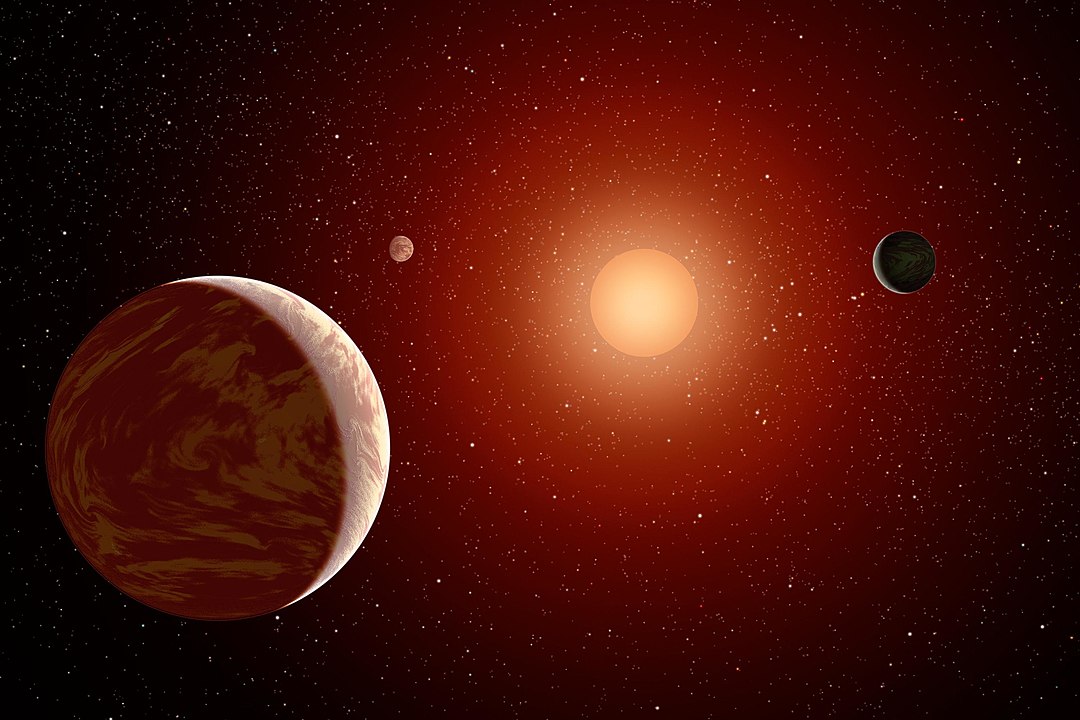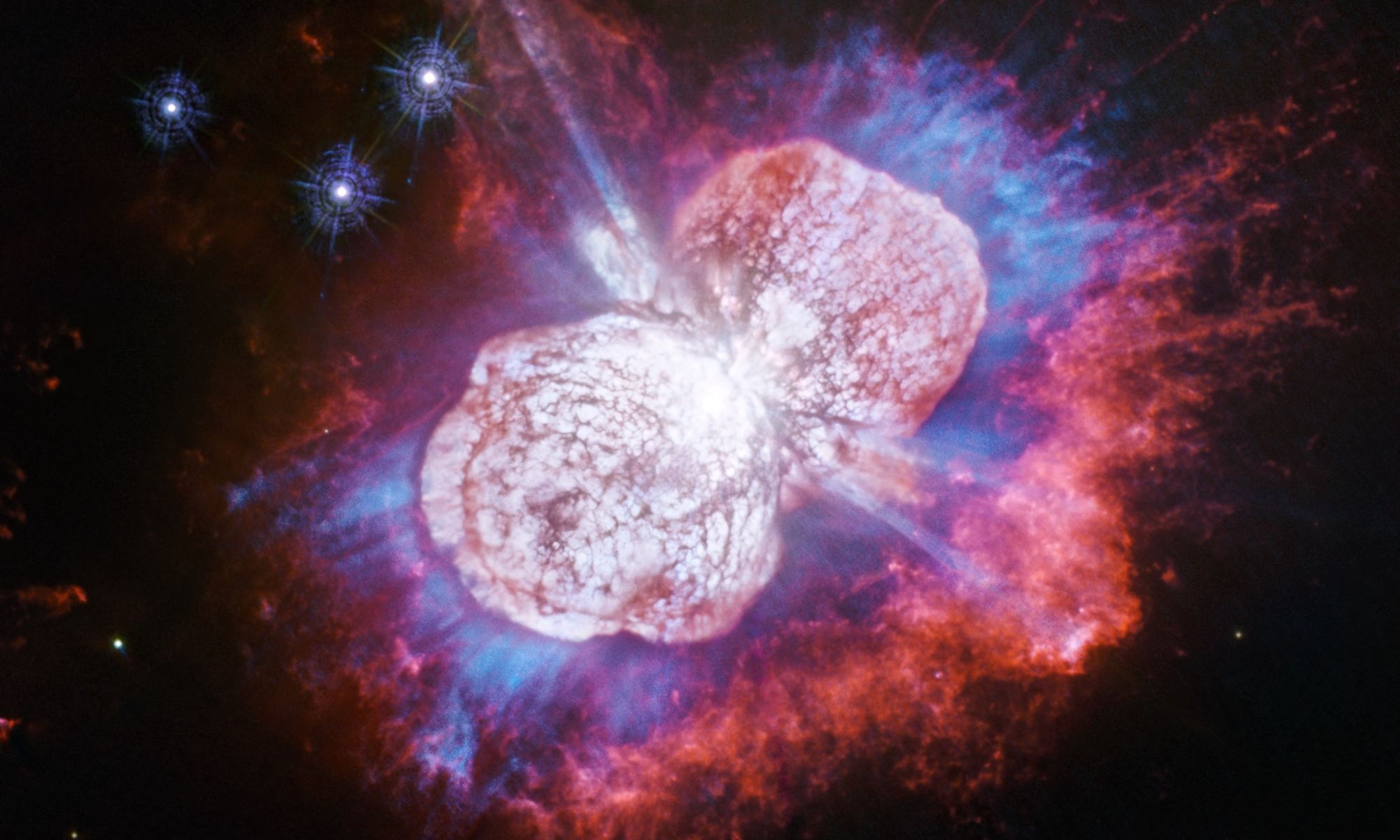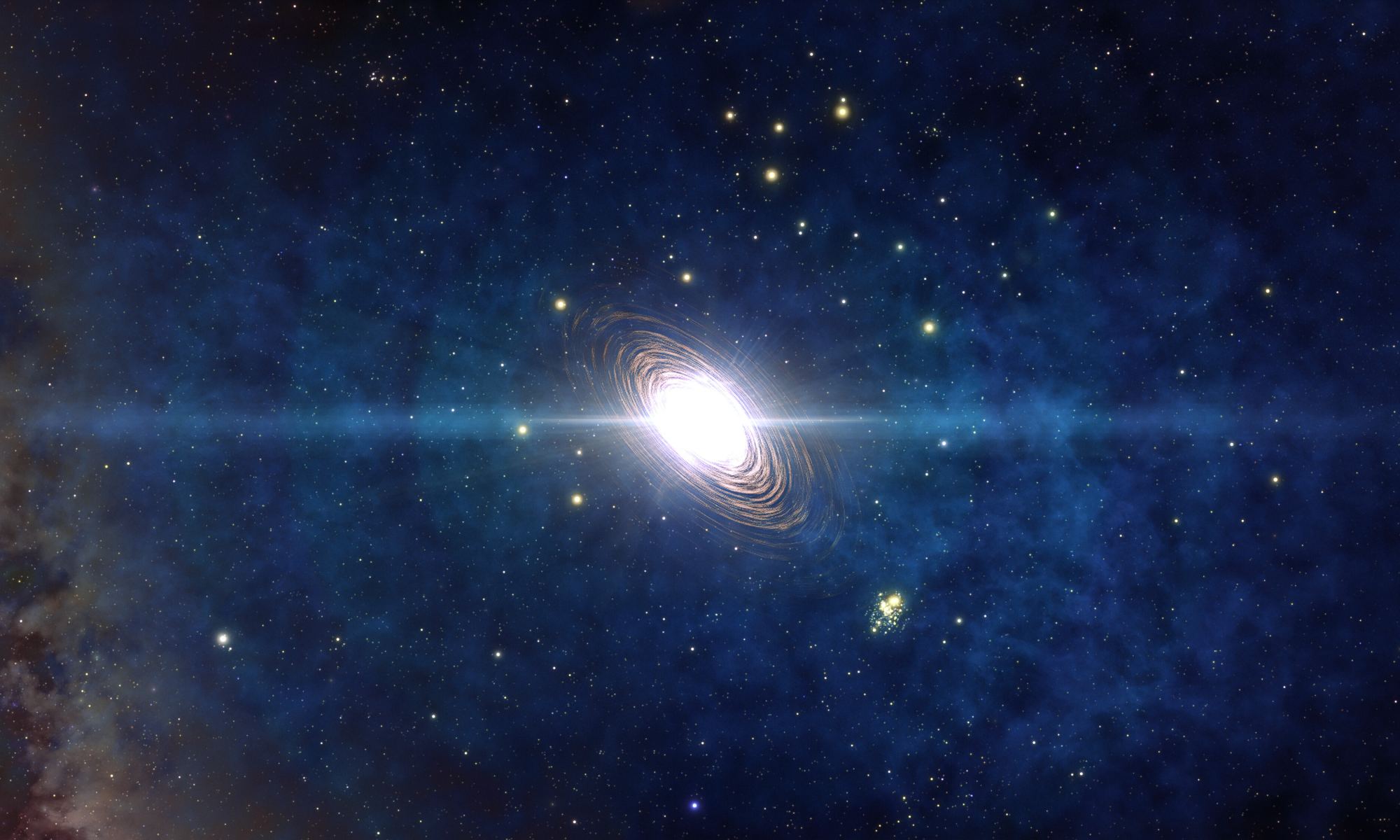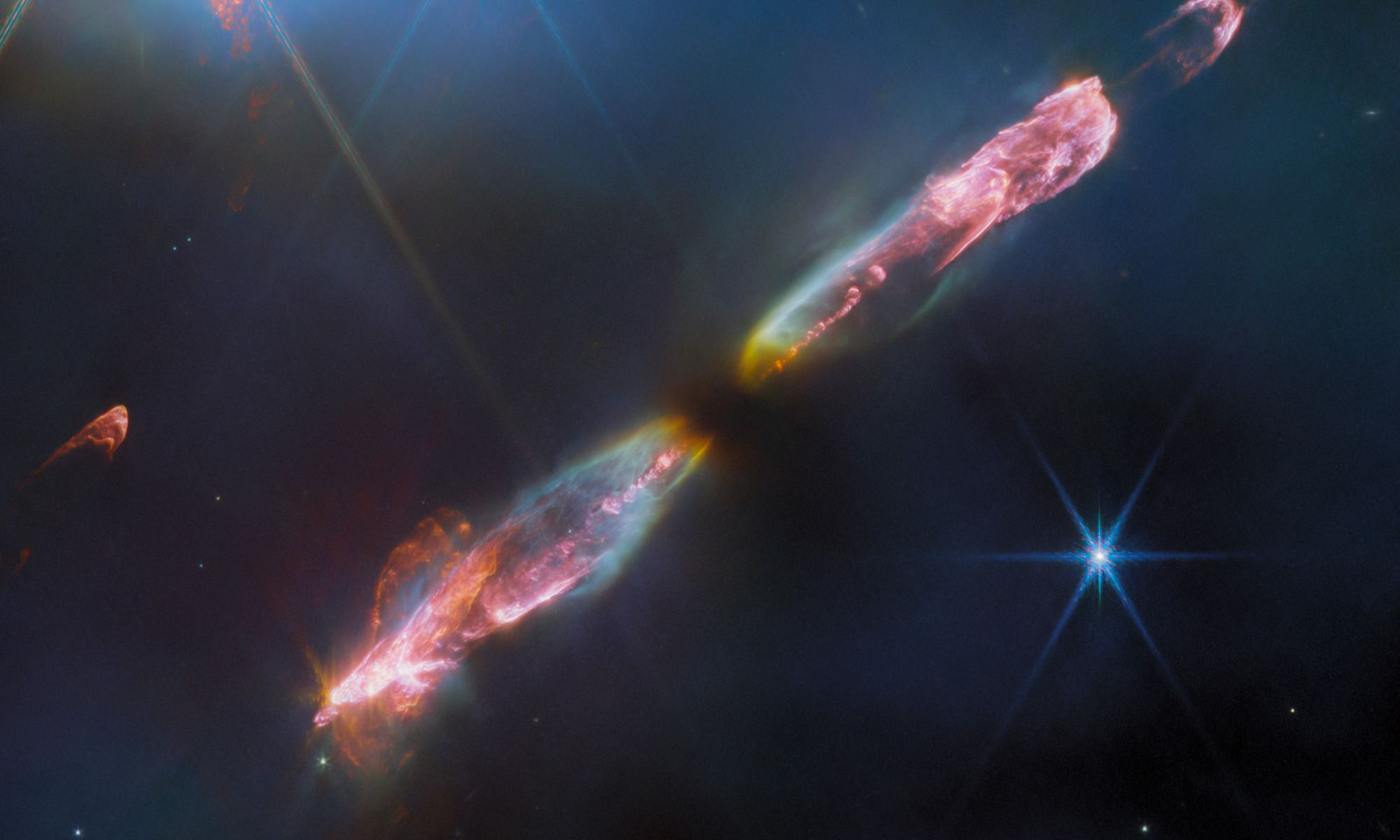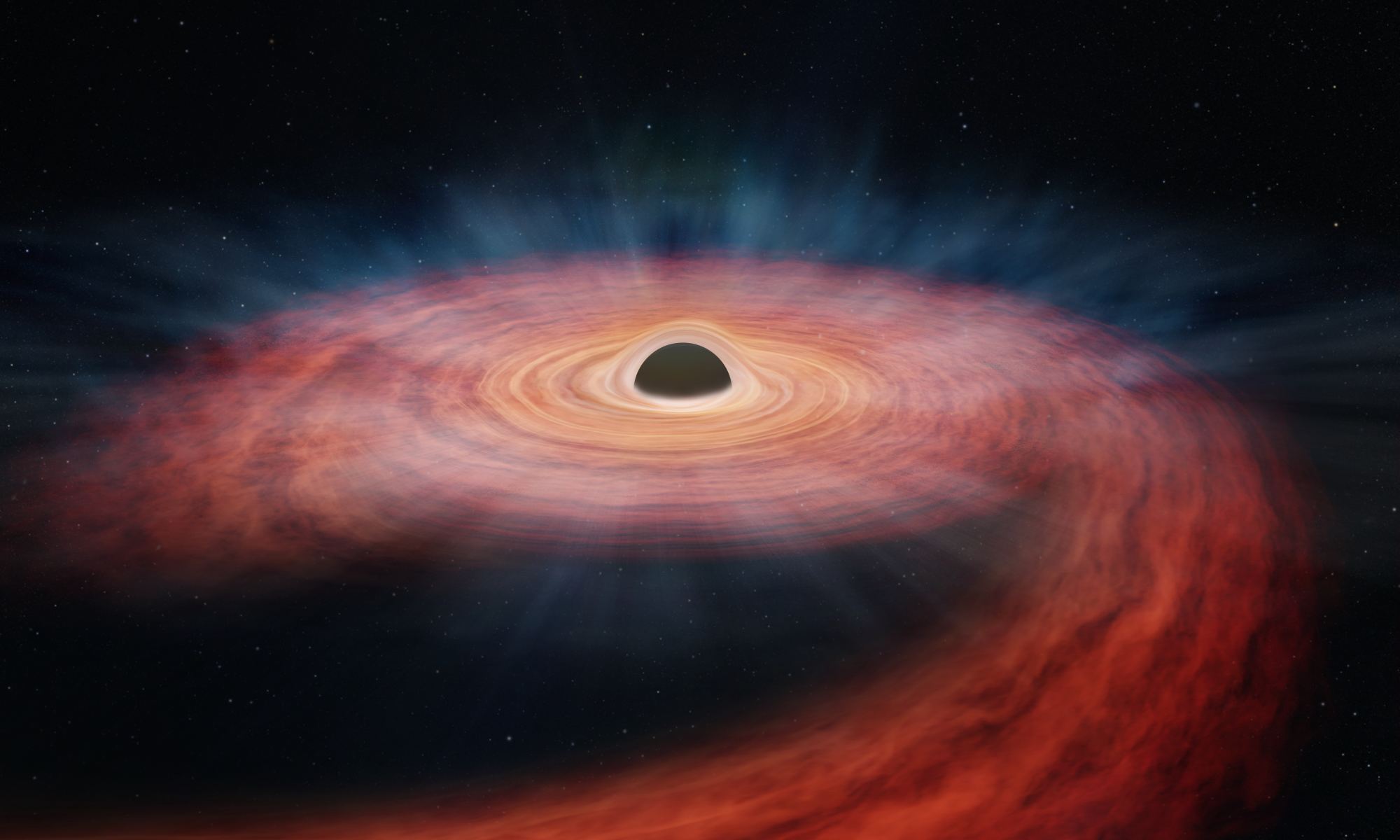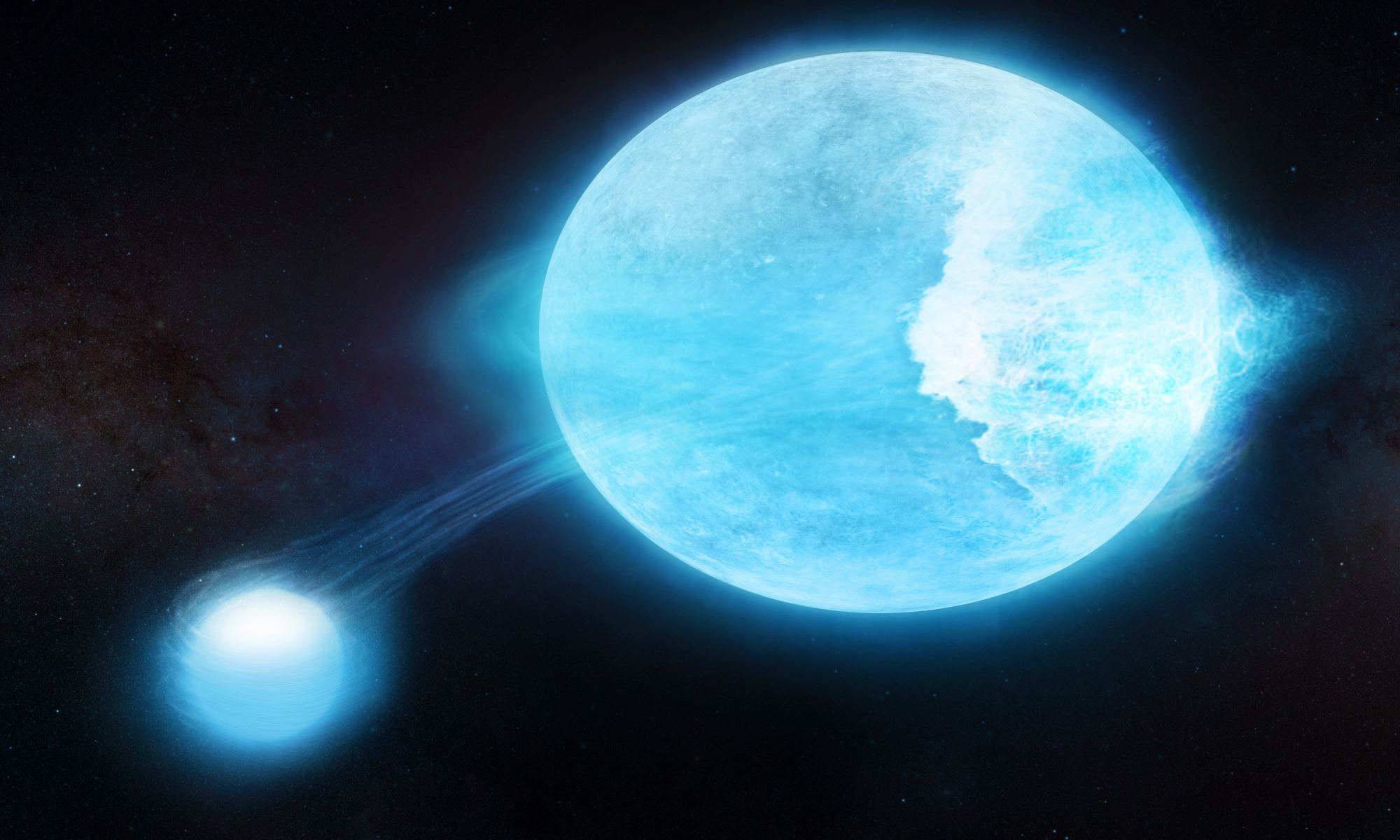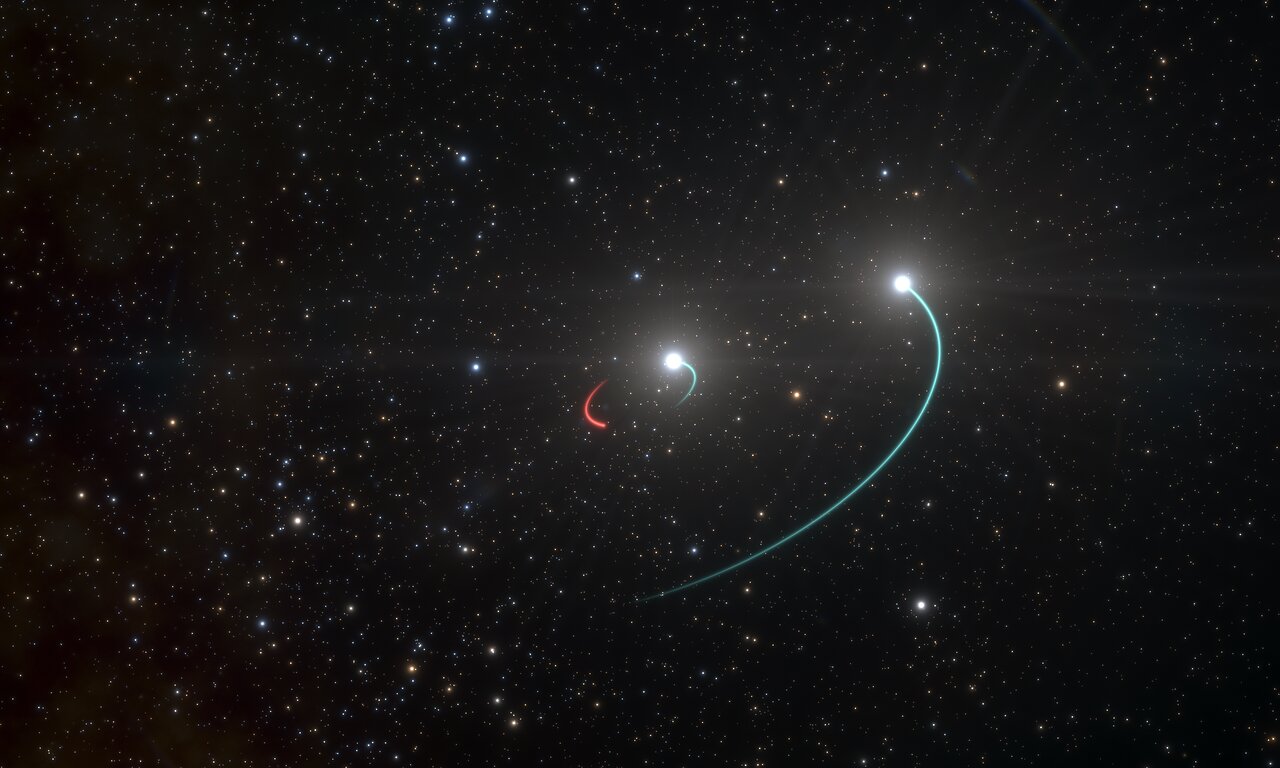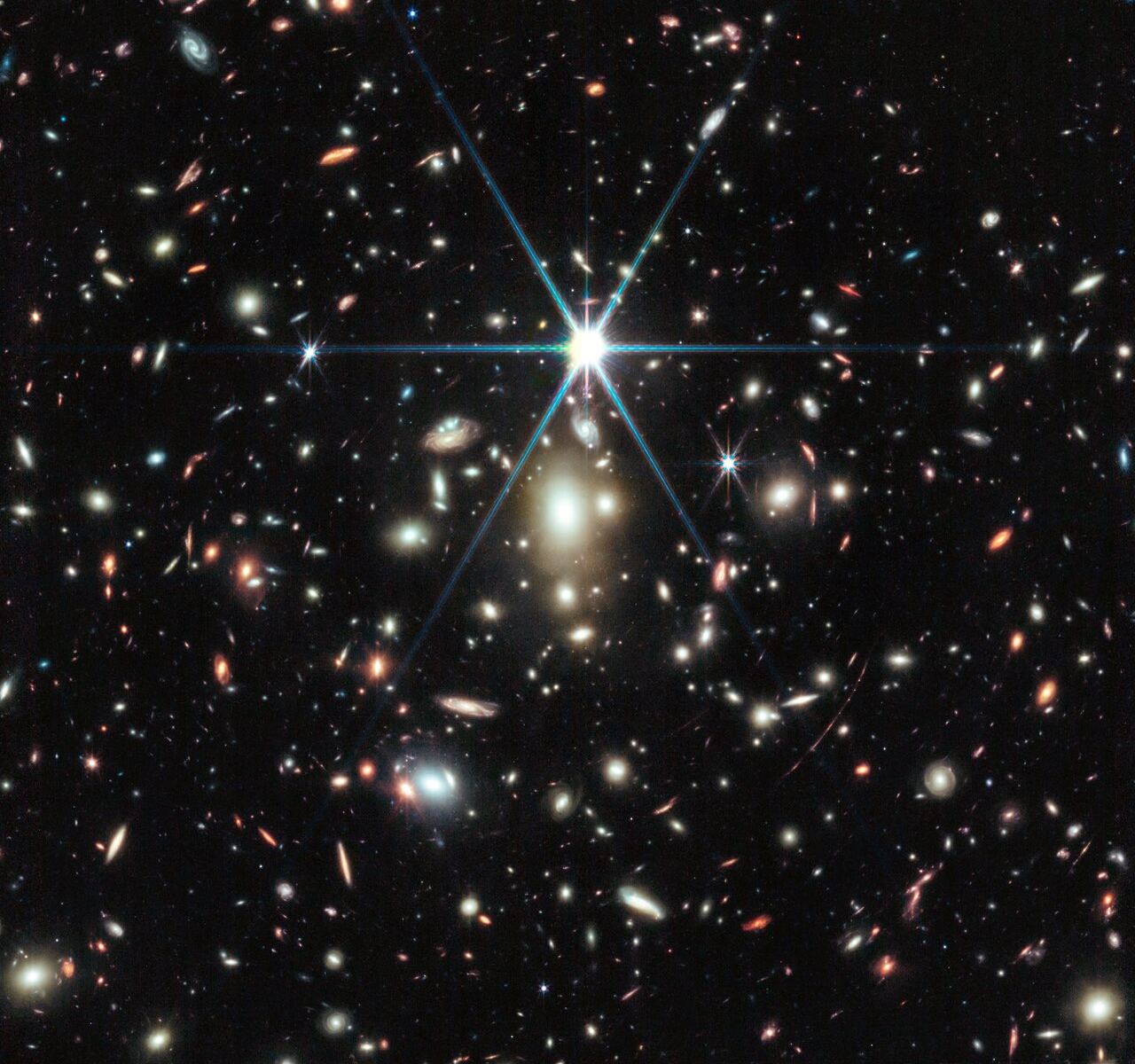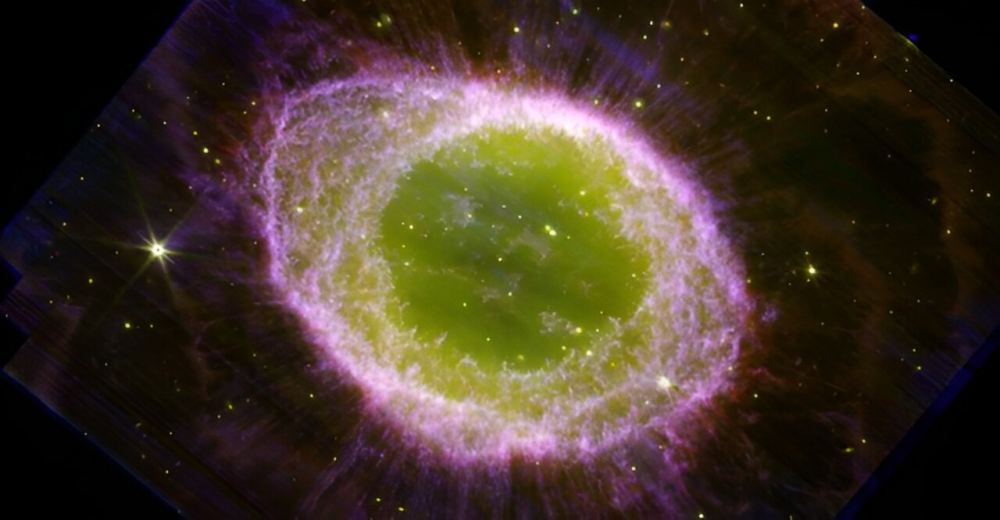Earth is our only example of a habitable planet, so it makes sense to search for Earth-size worlds when we’re hunting for potentially-habitable exoplanets. When astronomers found seven of them orbiting a red dwarf star in the TRAPPIST-1 system, people wondered if Earth-size planets are more common around red dwarfs than Sun-like stars.
But are they? Maybe not.
Continue reading “Do Red Dwarfs or Sunlike Stars Have More Earth-Sized Worlds?”
